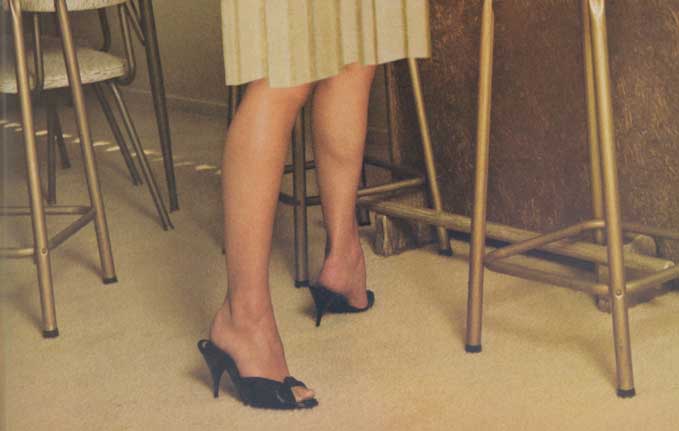
May 24, 2016
Exposure: Drape (Cavalcade III) by Eva Stenram

Drape (Cavalcade III) from the series Drape by Eva Stenram, 2012
The location is uncertain. It might be a living room or it could be the corner of a bar. Either way, a cocktail stands ready for drinking on the stool. From the interior styling and the mustardy cast of the color, the source must be a vintage picture. But this is clearly also an image that has been manipulated, since the extension of the drape to conceal most of the woman makes no spatial sense—if the fabric were a continuation of the curtains, then it should fall behind her.
The picture, titled Drape (Cavalcade III), belongs to a series by Eva Stenram, a Swedish artist based in London who works with photography. Stenram scans old photos—this one is from Cavalcade, a 1960s American men’s magazine—and digitally alters them, using drapes to obscure the pinups’ bodies. In many of the images, which have a kinship with collage, it’s still obvious that the model was in a state of undress, and the angles of the limbs that remain visible imply a sexy pose. But to reach that conclusion is inevitably to find oneself dwelling upon what cannot be seen, and this is what Stenram wants us to do. As she has said, she has no direct relation to the person in the picture, which is a found image; her relationship, like ours as viewers, is to the picture itself.
The manipulation here is particularly telling because there is nothing about the absent woman’s position to imply she was anything other than fully clothed, except for perhaps the not entirely natural twist in her stance. If we imagine her to be nude behind the drape on so little evidence, then our voyeuristic impulse is exposed. So this picture is both more ambiguous and subtler in its mechanics than some of the others in the series. (It’s likely, though, that if you are attracted to one of the images, you will be attracted to the rest.) The remakes also possess an uncanny aspect, as though they contain another dimension, where the missing person has gone. Photography has been described as a form of abduction—a photo spirits away a chunk of reality and incarcerates it in a frame. Stenram posits the partial concealment of the subject as a second act of abduction.
Looking through Drape, I was reminded of the question bound to arise with any picture series. Is Stenram presenting essentially the same idea again and again, or do the compositional variations serve to modify the idea in some vital way? My comments above imply they can do so, but these are very fine gradations of difference. And does the repetition of an idea make it stronger or weaker? Stronger at first, though there may be diminishing returns. What gives an image its charisma are the particularities of its execution, how the idea is embodied (or disembodied in this case), and these details, like little magnets buried in the image, impel us to keep on looking.
Observed
View all
Observed
By Rick Poynor
Related Posts
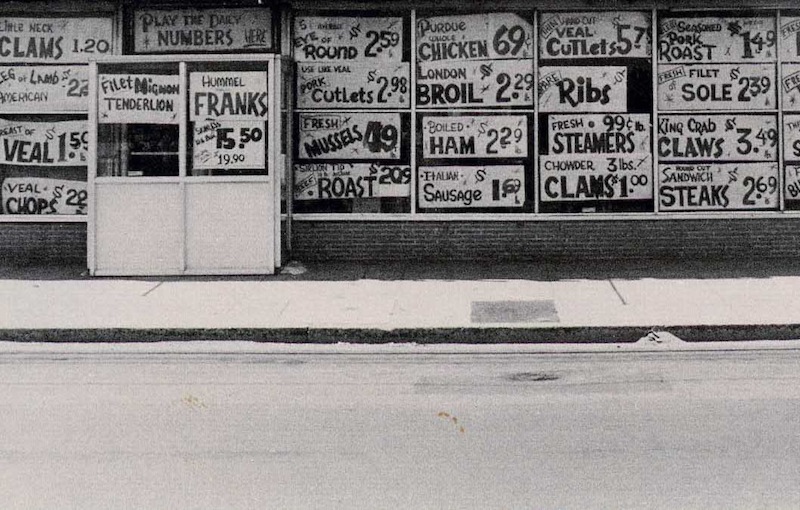
Exposure
Rick Poynor|Exposure
Exposure: Andy’s Food Mart by Tibor Kalman and M&Co
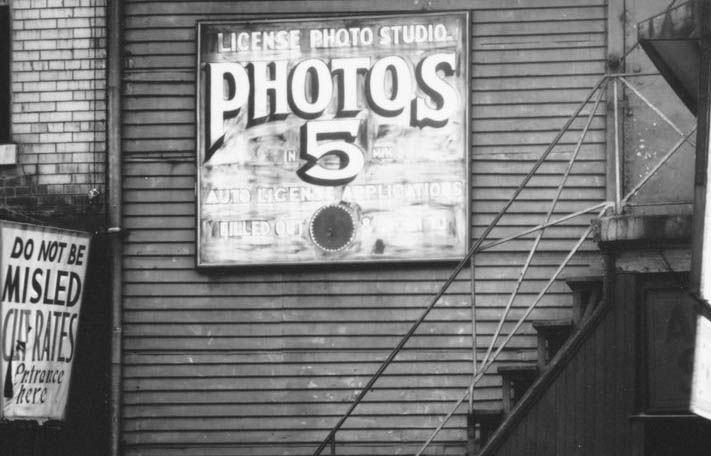
Exposure
Rick Poynor|Exposure
Exposure: License Photo Studio by Walker Evans
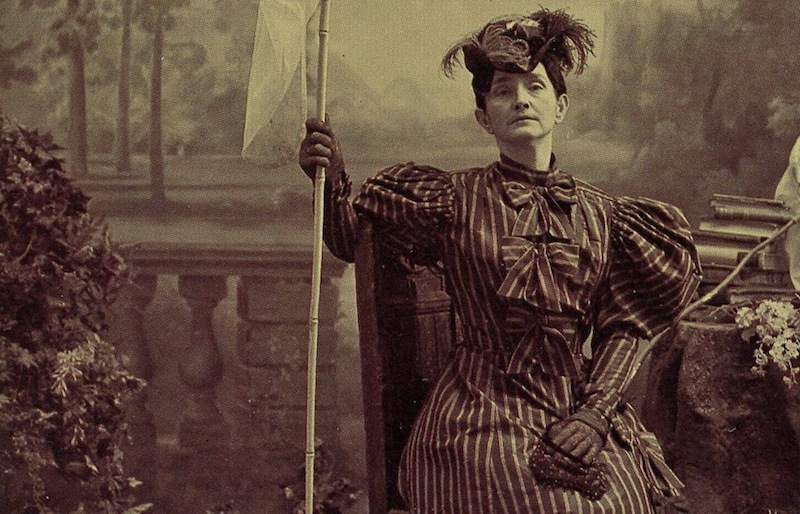
Arts + Culture
Rick Poynor|Exposure
Exposure: Mrs. E.N. Todter by Dion & Puett Studio
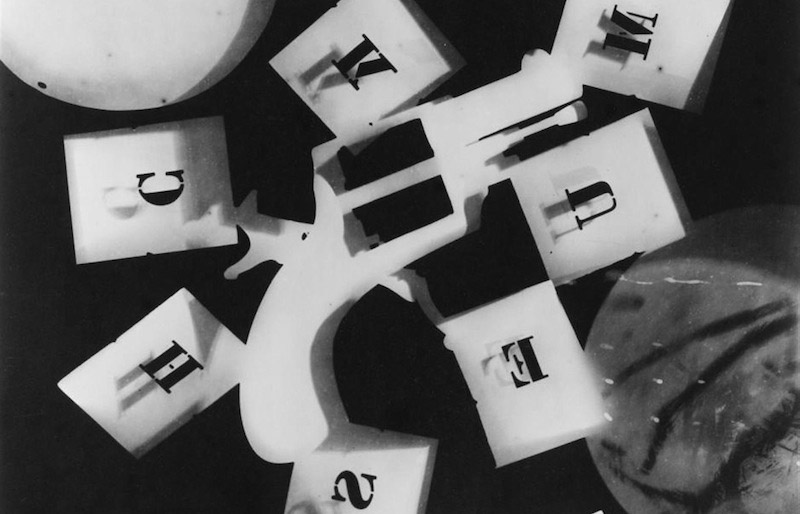
Arts + Culture
Rick Poynor|Exposure
Exposure: Rayograph with Gun by Man Ray
Related Posts

Exposure
Rick Poynor|Exposure
Exposure: Andy’s Food Mart by Tibor Kalman and M&Co

Exposure
Rick Poynor|Exposure
Exposure: License Photo Studio by Walker Evans

Arts + Culture
Rick Poynor|Exposure
Exposure: Mrs. E.N. Todter by Dion & Puett Studio

Arts + Culture
Rick Poynor|Exposure

 Rick Poynor is a writer, critic, lecturer and curator, specialising in design, media, photography and visual culture. He founded Eye, co-founded Design Observer, and contributes columns to Eye and Print. His latest book is Uncanny: Surrealism and Graphic Design.
Rick Poynor is a writer, critic, lecturer and curator, specialising in design, media, photography and visual culture. He founded Eye, co-founded Design Observer, and contributes columns to Eye and Print. His latest book is Uncanny: Surrealism and Graphic Design.